Ellis Park
Ellis Park Swimming Pool, Johannesburg
Municipal modernity: the politics of leisure and Johannesburg's swimming baths →
The Ellis Park municipal swimming pool, opened on 16 January 1909, was to be the first public swimming pool built in Johannesburg. It played a big role in the history of swimming in southern Africa, being the venue for a number of national championships since 1910, and also the annual inter-high schools gala.
Known today as the Ellis Park Swimming Pool, a swimming gala was held to mark the occasion. A gala held a few weeks later had to be cancelled when it was discovered that somebody had let all the water out. With a capacity of 500,000 gallons of water, it understandably took a considerable time to fill the pool again, which became a landmark in this part of Johannesburg.
In 1978, a similar event occurred when the pool was 'accidentally' drained a few days before nationals began. In the end, the national championship event was still held there - but in very cold water!
The main pool was later heated throughout the winter months, giving Transvaal swimmers a big advantage over swimmers from other areas that had no heated pools. The pool was also the home of the Transvaal Amateur Swimming Association, now known as Central Gauteng Aquatics..
Today, it is no longer used for senior swimming events.
![]()
Ellis Park Lake, early 1900s, looking east toward the suburbs of Bertrams and Judith’s Paarl. The source of the water was known as Natalspruit. It ran down to a marshy area (which later became Ellis Park Lake) where Ellis Park stadium is today. Then it meandered through Jeppe at the dip, which was known as Natal Camp in the first years of Johannesburg, and made its way south over the main reef. There was a small waterfall roughly where the M2 highway would have crossed the stream.
Today, the pools are part of the greater Ellis Park sports complex. Read more about the complex in the articles of Prof. Louis Grundling found here.
Until the mid-1990's Ellis Park was a hub of swimming in Johannesburg, with coaches like Moira Lamont and Zvi Katabi producing national champions. Regular club galas, age group galas, inter-provincial and even international events were hosted there. There was a second pool used for diving, which had a 10m platform. A 25m pool was later added.
In 2008 Ellis Park was the venue for the 9th All-Africa Games swimming events.
Its current status is unknown.
SA swimming sinks
13 October 2013
Ellis Park, one of the best facilities in Johannesburg, is being poorly maintained
The swimming community in Johannesburg is homeless because one of the best facilities in the city, Ellis Park, is being crippled by poor maintenance.
Even South Africa’s golden boy of swimming, Chad le Clos, had to change his high-altitude training programme at Ellis Park, because the water temperature is not being maintained at a consistent level.
The boilers that keep the pool heated have not been serviced for five years. And it is not just Le Clos whose plans have been affected – other top development, masters and disabled swimmers are also battling, as are lifeguards, who also train at the pool.
City Press spoke to Swimming SA’s performance manager, Dean Price, whose squad trains at Ellis Park. He has not been able to use the facility for some time and, with the trials for the Commonwealth Games looming, the swimmers need a 50m pool to train in.
Staff members at the pool do their best to keep the temperature consistent, but at times the boilers fail and the pool temperature, which should be maintained at 26°C, drops to 20°C or even lower.
Price said: “It’s the best facility in Johannesburg and the only international one here, for that matter. But there has been no maintenance for a while now, so it’s as if the swimming community is homeless.
“It’s having a crippling effect on the development of swimming. It is sad that athletes are required to perform, but there are no facilities available to them. What is sad is young swimmers dedicate their lives to the sport, but they do not get the support to achieve their goals.
“I find it strange that preference has been given to the Linden pool, which I hear is going to be fixed for the second year running, while no work is being done at Ellis Park.”
Olympic gold medallist Ryk Neethling said it is upsetting that the facility he once used is no longer available for swimmers.
“It was one of the reasons I had to move to Pretoria, even though Ellis Park is one of the best facilities I trained at. It is great for development, as it’s close to the city centre and is a high-performance centre for the top guys. I was involved with the council to improve the facility, as this is really where development is,” said Neethling.
Another former Olympic swimmer, Mandy Loots, who still trains at Ellis Park, shared Neethling’s sentiments.
“It was the pool where I formed my Olympic dreams. Back then, it was always in perfect condition. To see how they struggle to get the temperature right for upcoming Olympic swimmers is just so sad,” said Loots.
Swimmers in Johannesburg battled throughout the winter season, as all the other heated pools – Coronationville, Linden and Pioneer Park – were closed for renovations.
Nico Laubscher, Johannesburg City Council deputy director of maintenance, admitted that only 50% of the pools in Johannesburg had opened at the start of September.
“We wish we could deal with all the problems at once, but we work to a budget. We know the problems at Ellis Park and we have the budget this year for the heating system to be serviced.
“The lanes will also be replaced and work will be done on the timing devices,” he said.
Why Italian swimmers love Joburg
13 March 2017
A team of Italian swimmers will fly back home on Tuesday, February 21 after spending three weeks in Johannesburg fine-tuning their skills and techniques in preparation for tough swimming competitions in the coming weeks and months.
During their training stints in Johannesburg, the Italian athletes have imparted their skills, expertise and knowledge of the sport to young local swimmers. Some of the learners who have benefited are from Yeoville Boys School, New Nation School and Jeppe High School for Girls.
“We’ve chosen to come here because Johannesburg is situated at an altitude of 1 753m above sea level,” said coach Carlo Chelli at the team’s farewell function at Ellis Park on Friday February 17.
“When we do our training here, it’s a little harder. That gives our athletes good training.”
Chelli said Johannesburg was an excellent training venue as it helped to test his athletes’ endurance. “The weather is most ideal for the activity. Whenever we go back home, we perform better as a result of training in this kind of landscape,” Chelli added.
He said the camp improved the athletes’ blood levels and speed.
Bidding farewell to the swimmers, Mbulelo Bezu, the City’s Deputy Director of Sport and Recreation, said Johannesburg was proud and honoured to host the Italian squad every year.
“You’ve been our friends for seven years now. We’re aware of the efforts you’re making to impart your skills to our aspiring swimmers. Each time you visit our city, you inspire local swimmers who are starting out in the sport.
“We believe that at the end of the day, through this partnership, we will produce swimming champions like yourselves. As the City of Johannesburg, we want to see this centre becoming a centre of excellence for swimming. We want the centre to be envied by people from all over the world,” Bezu said.
Chelli said among the reasons he and his team loved Johannesburg was its atmosphere and diversity. “We always enjoy coming to South Africa because it’s a country full of history and desire to change. For us, Joburg is more than just a place for training. This is an incredible city. Whenever we visit we always feel welcome and we enjoy the hospitality,” Chelli said.
-
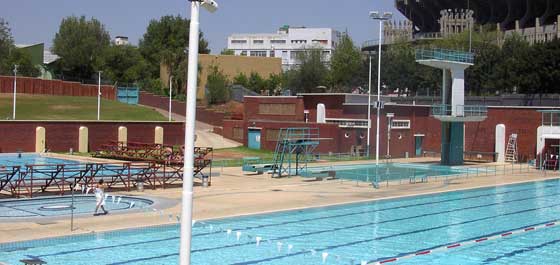
2012 Ellis Park Pools
-
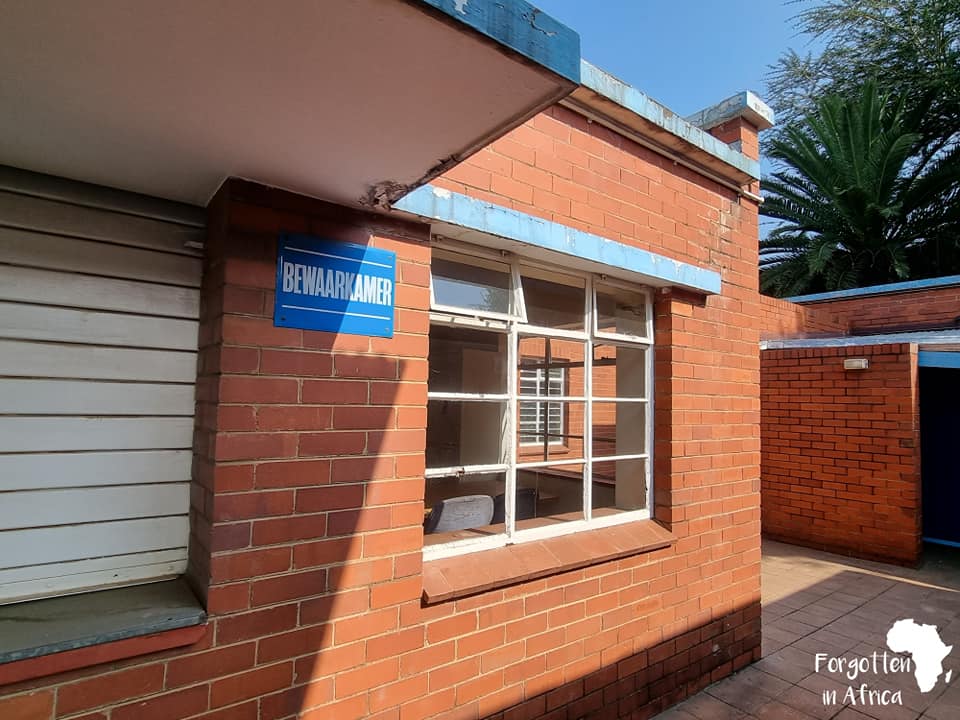
284304689 481402307212578 6395764053213304468 N
-

284513349 481401500545992 4911938404193497724 N
-
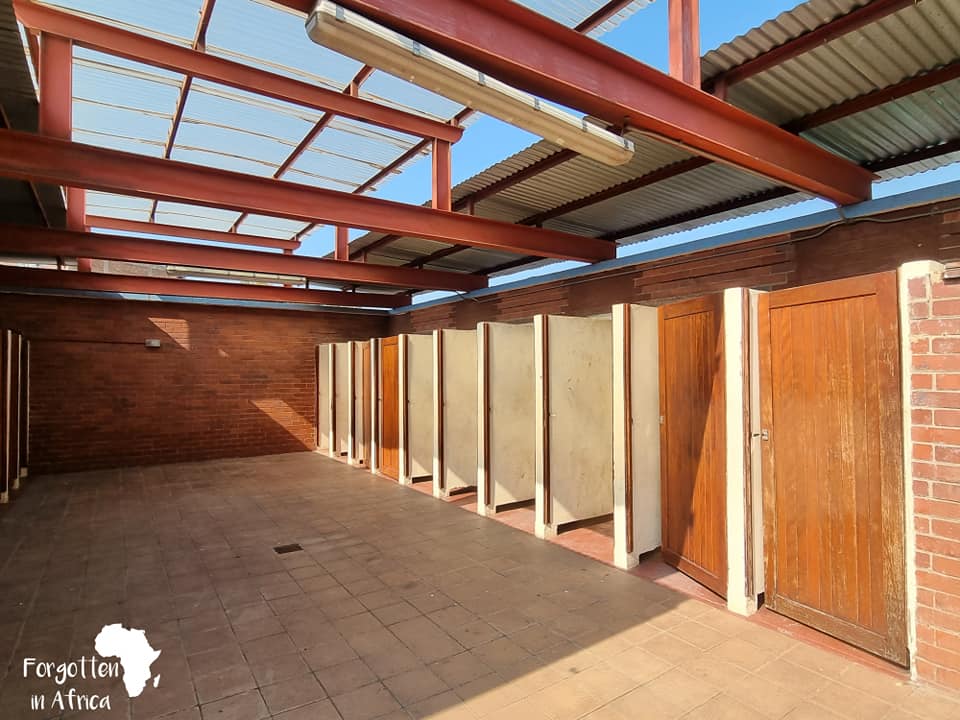
284728297 481402423879233 5610730064236077880 N
-
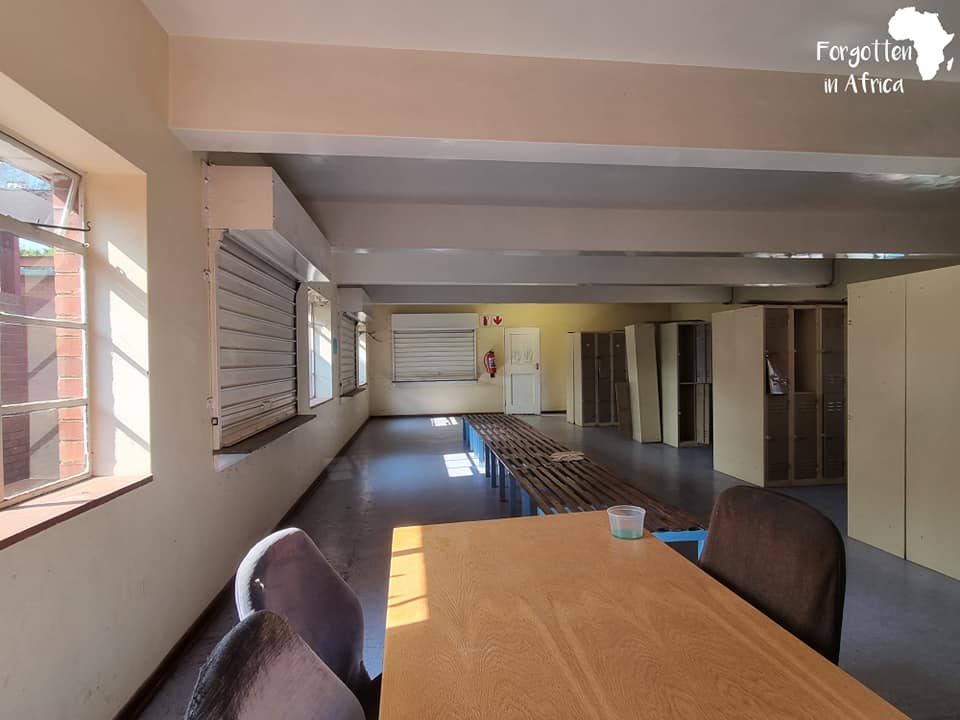
284793743 481402387212570 1740086487772973971 N
-
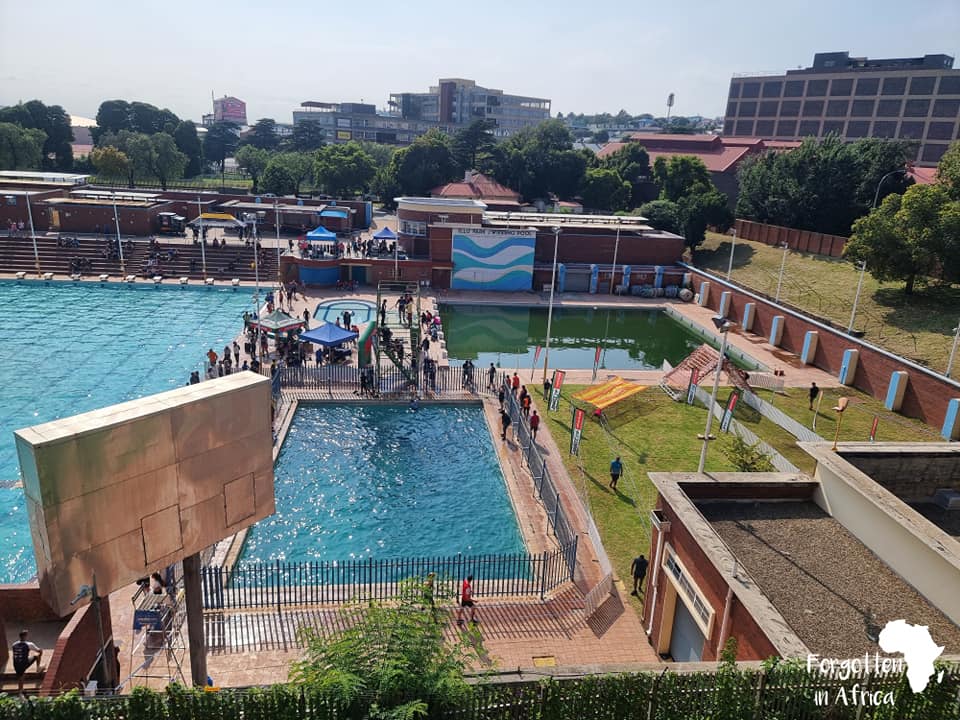
284797708 481401570545985 5866345770501226707 N
-
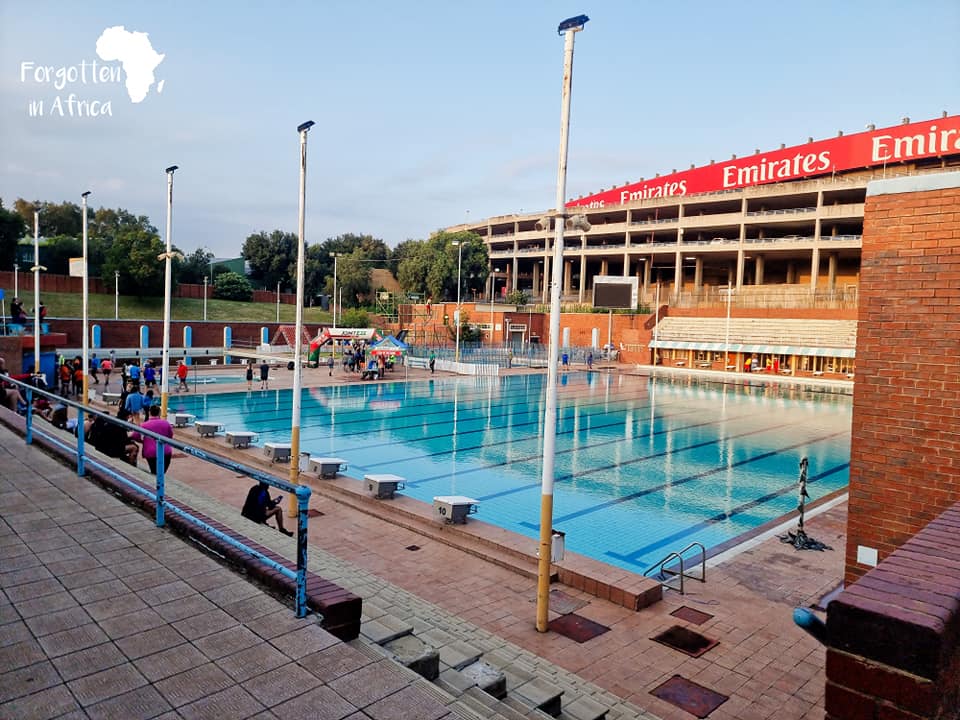
284867504 481401927212616 1620127940441460558 N
-
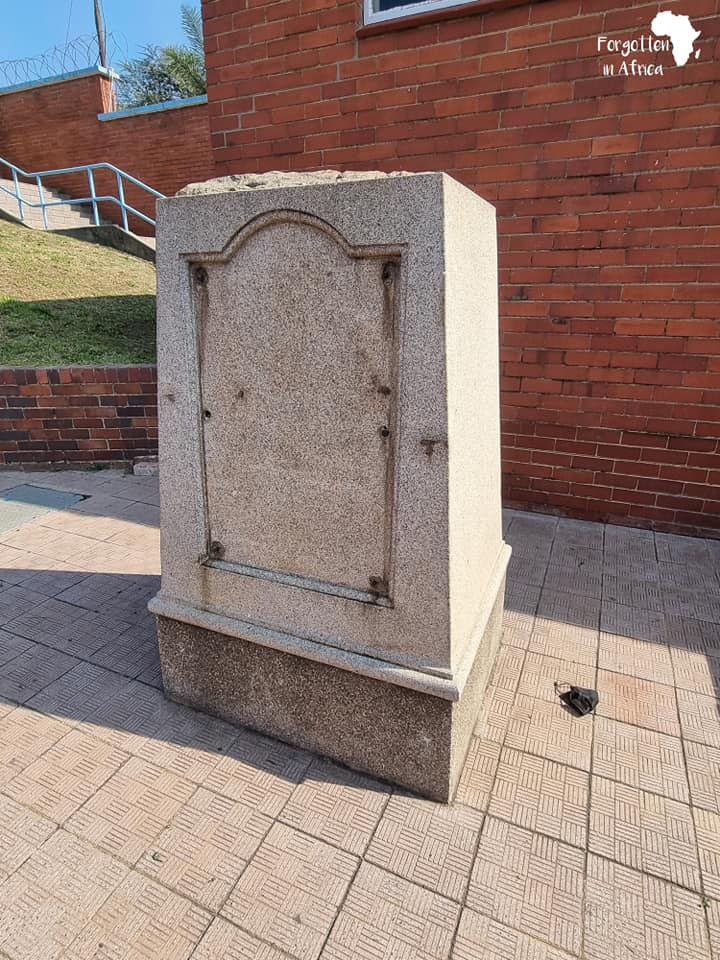
285225437 481401843879291 7449843978344593122 N
-
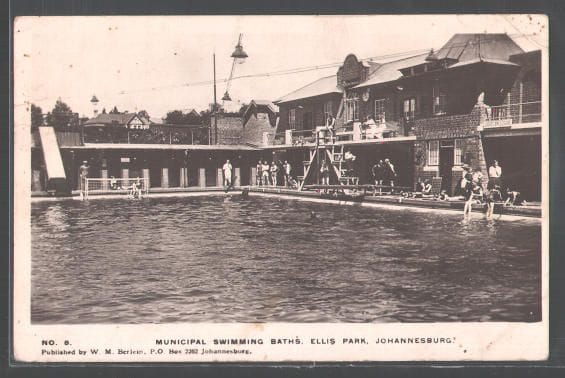
285586001 481412590544883 3103043489418104149 N
-
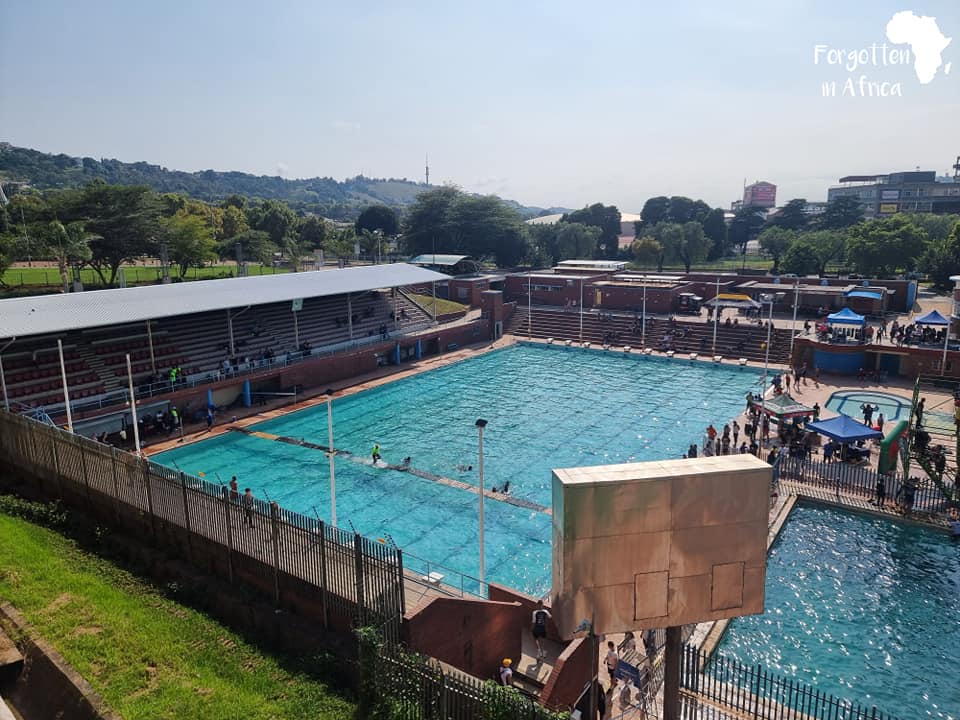
285665995 481401607212648 4956005391710483323 N
-
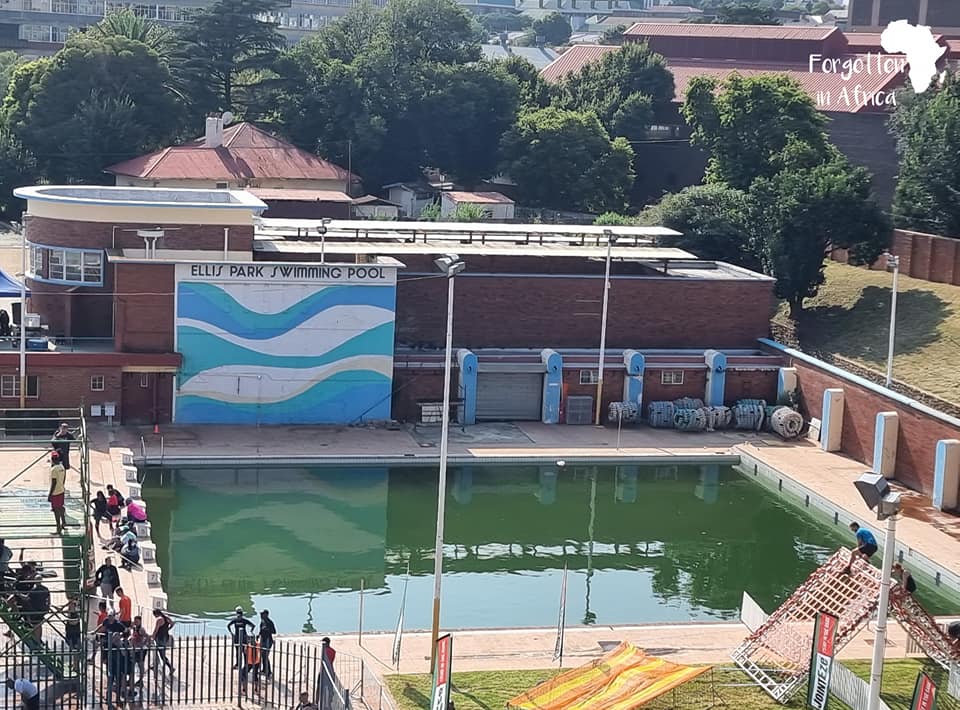
285713402 481401667212642 1682239758375190383 N
-
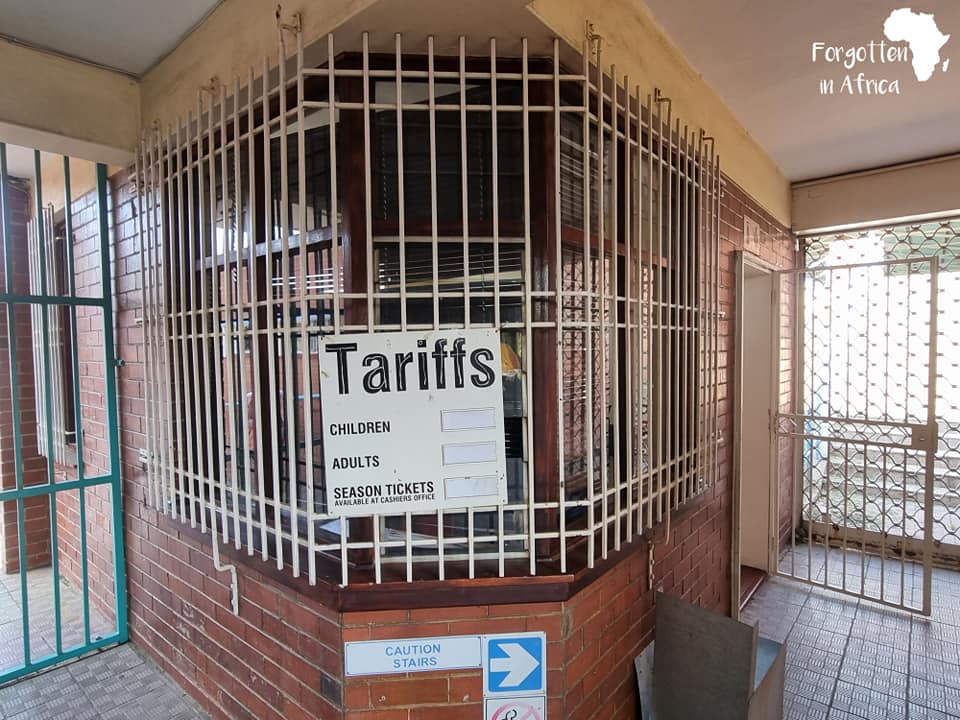
286422801 481401703879305 1545021634092408083 N
-
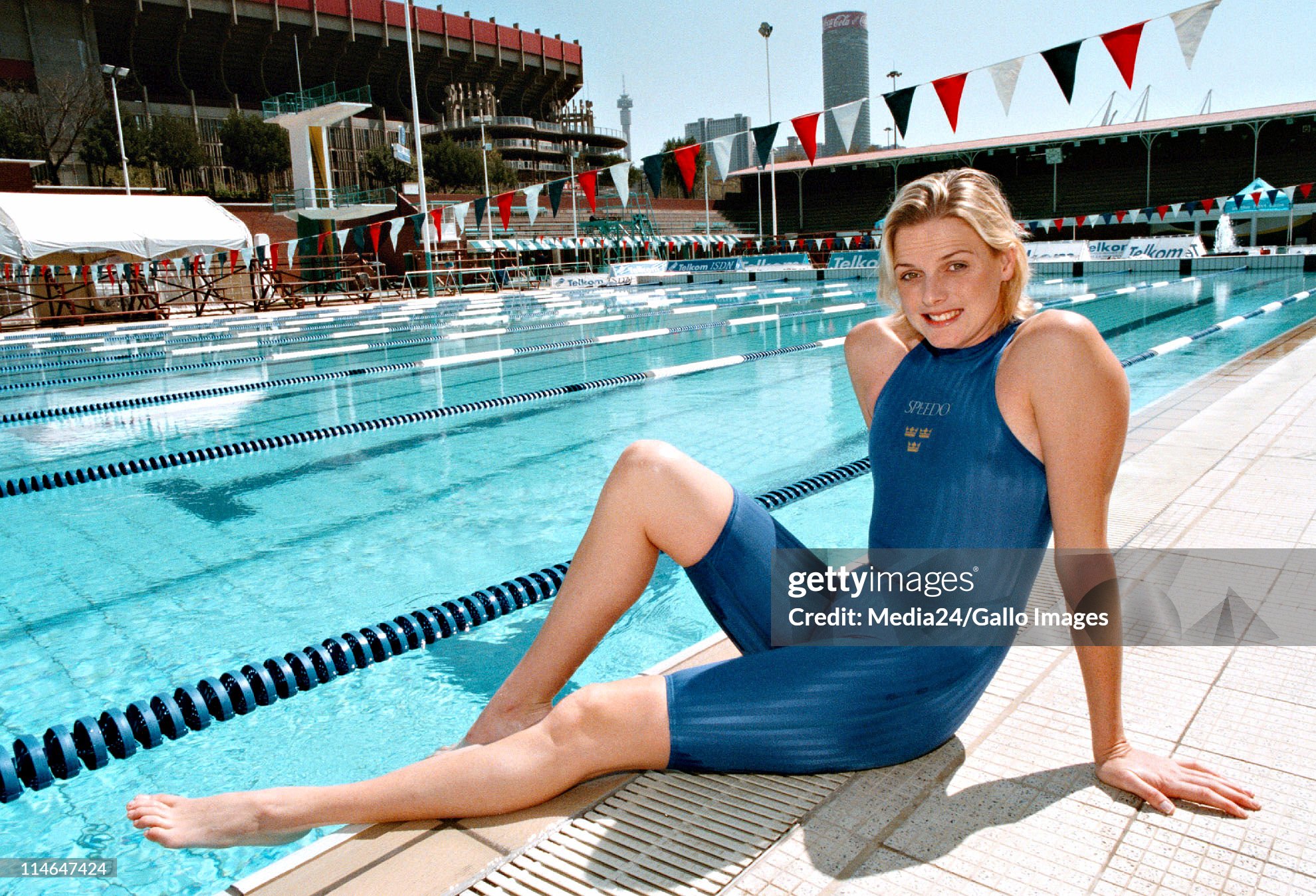
Charlene Wittstock At Ellis Park
-
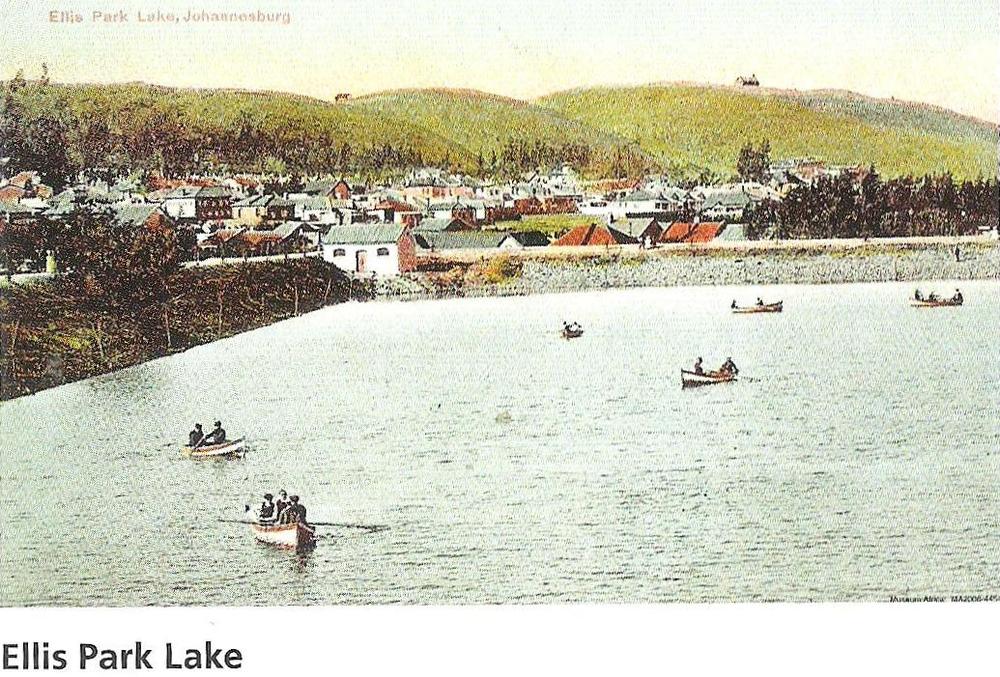
Doornfontein Ellis Park Lake 1 Scaled 1000
-
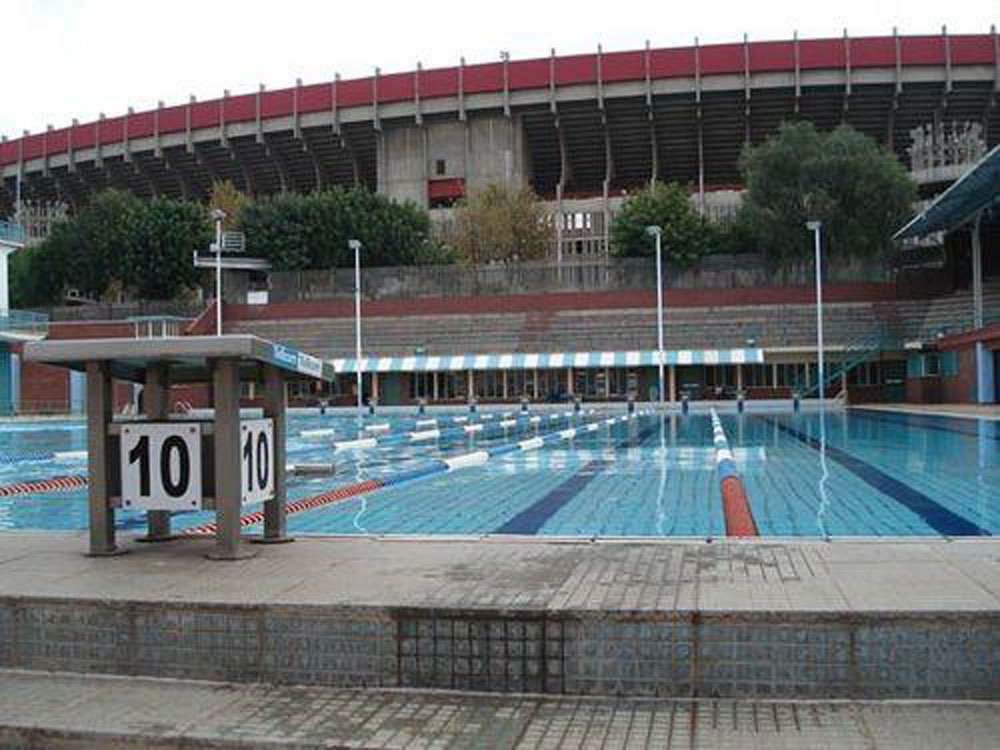
Elis Park Swimming Pool
-
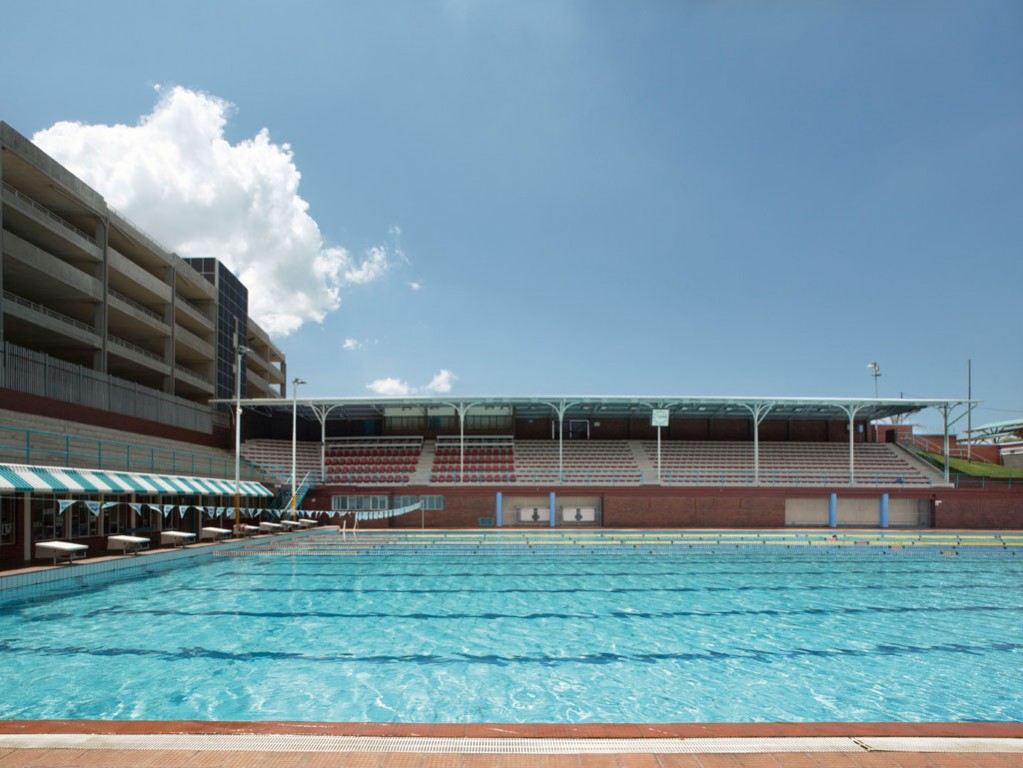
Ellis Park 2
-
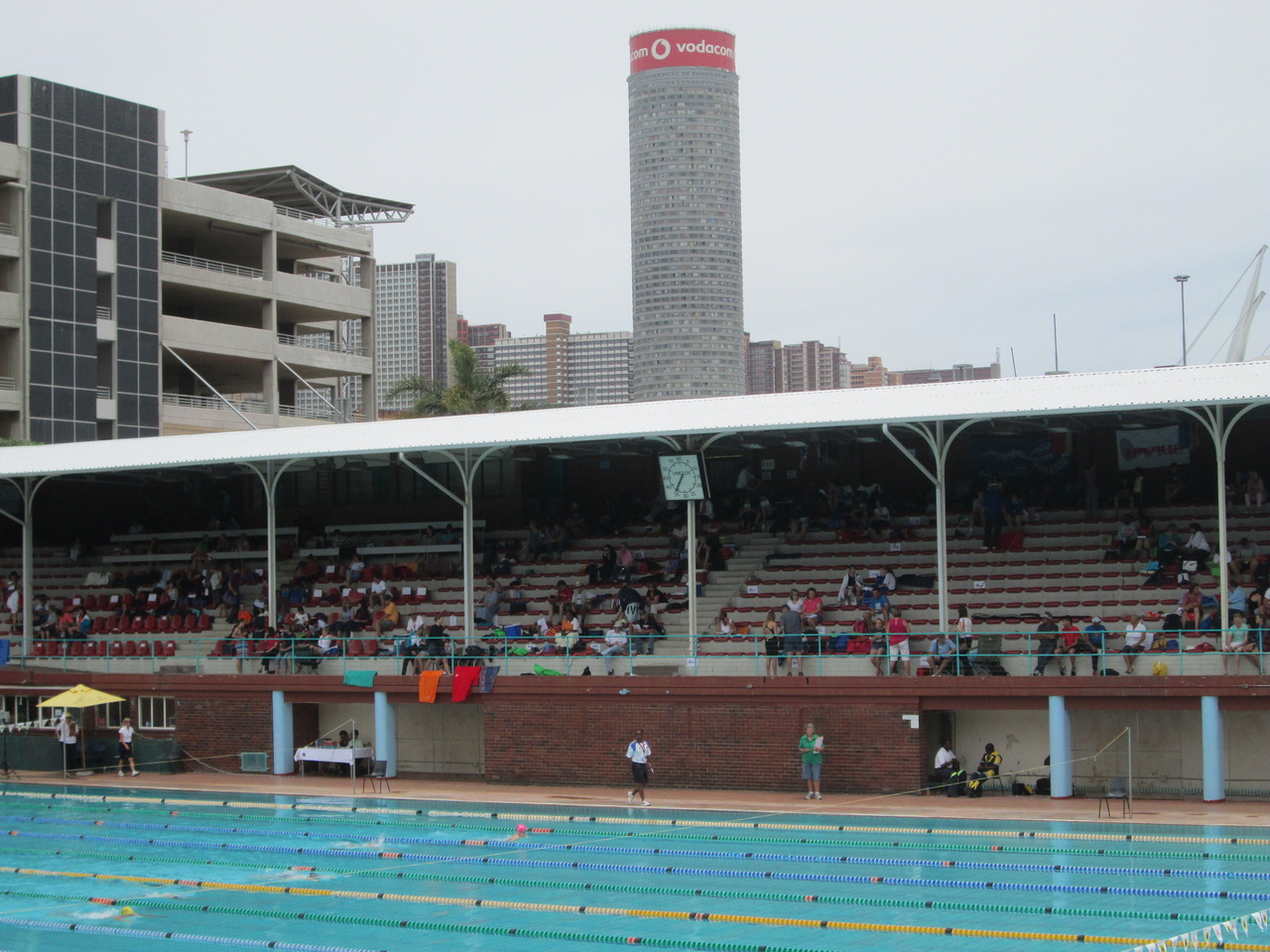
Ellis Park 3
-
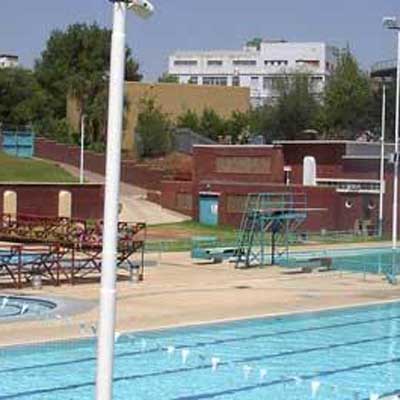
Ellis Park 4
-
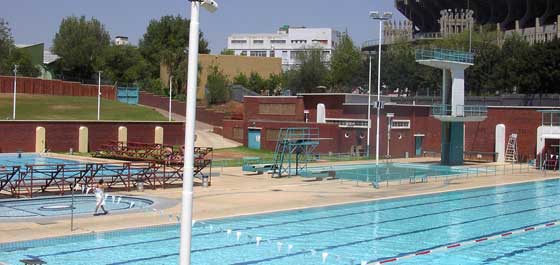
Ellis Park 6
-
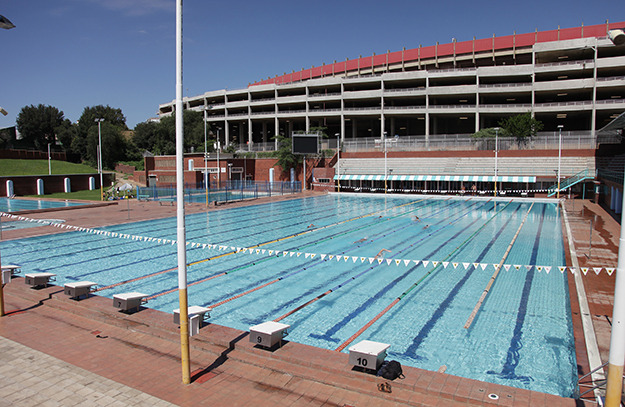
Ellis Park 33
-
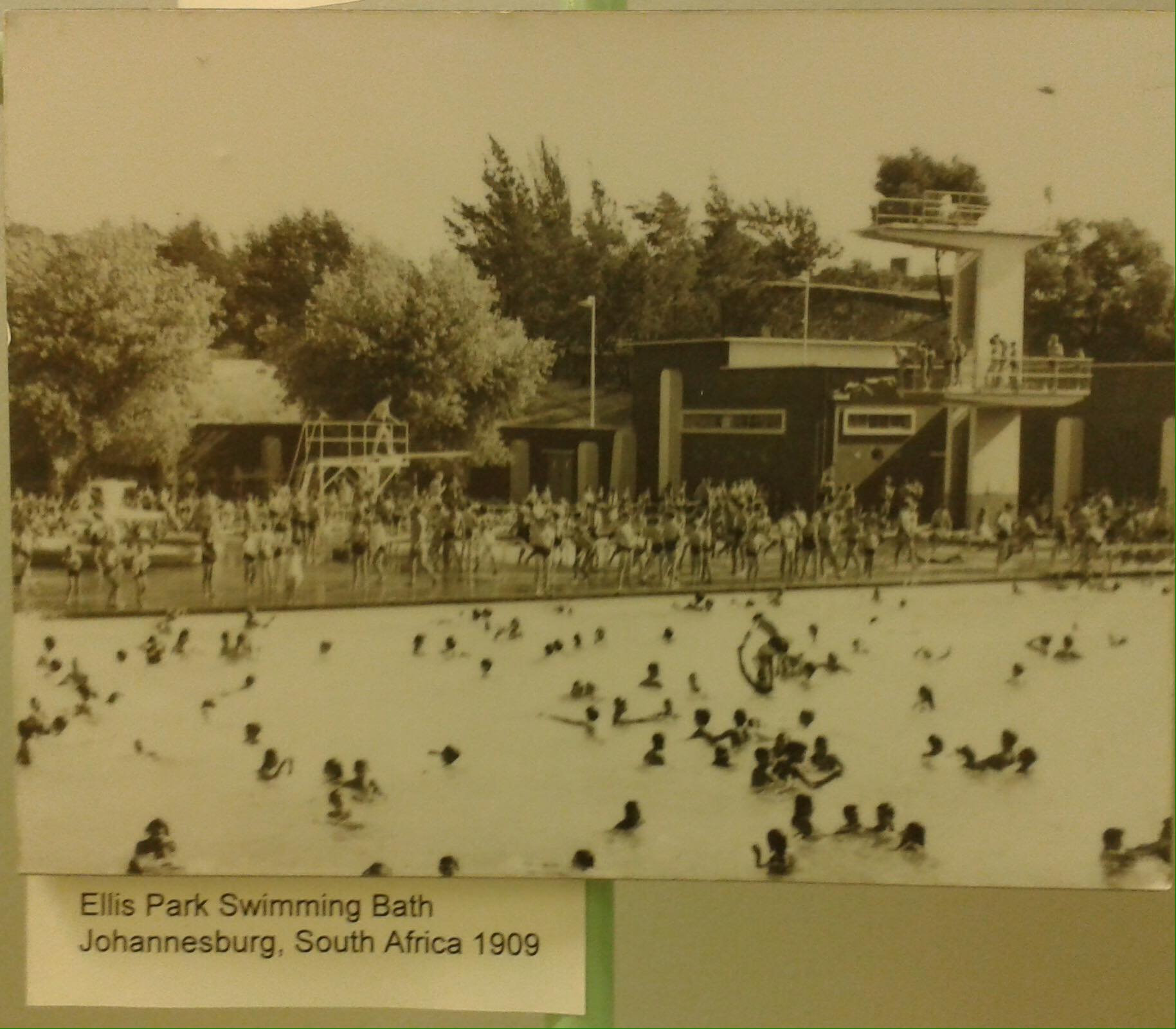
Ellis Park 1908
-
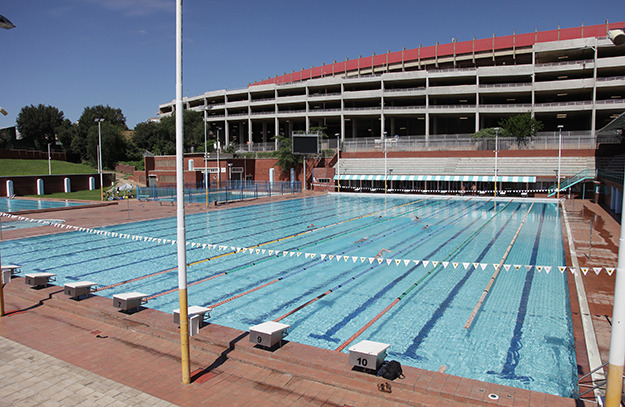
Ellis Park 2016
-
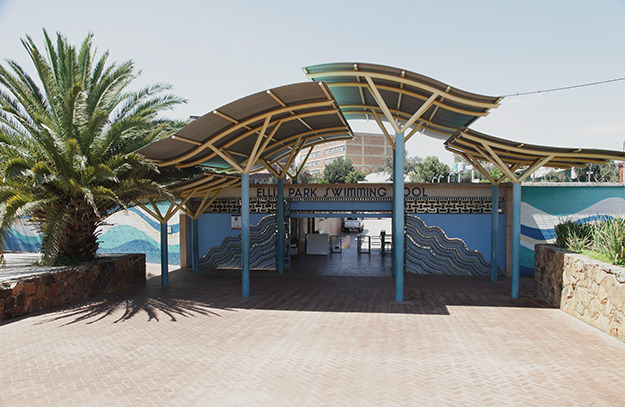
Ellis Park Entrance
-
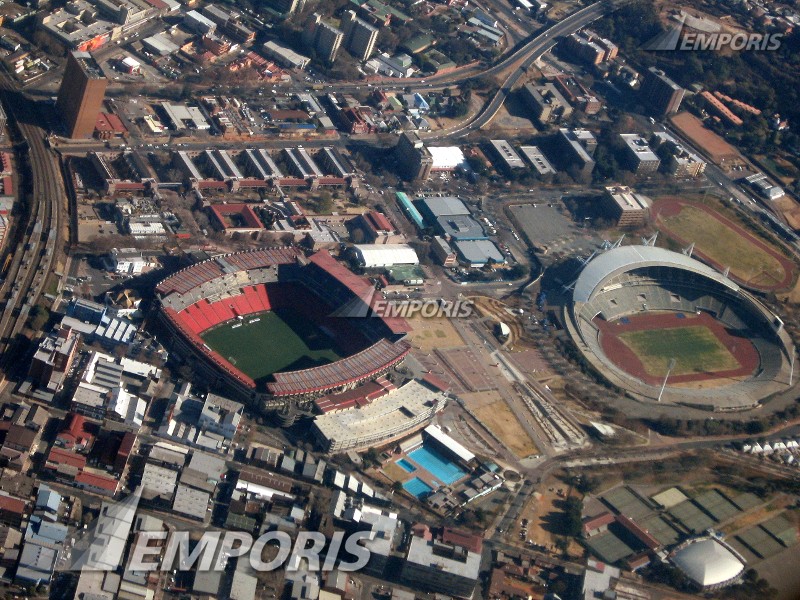
Ellis Park Fro Air
-
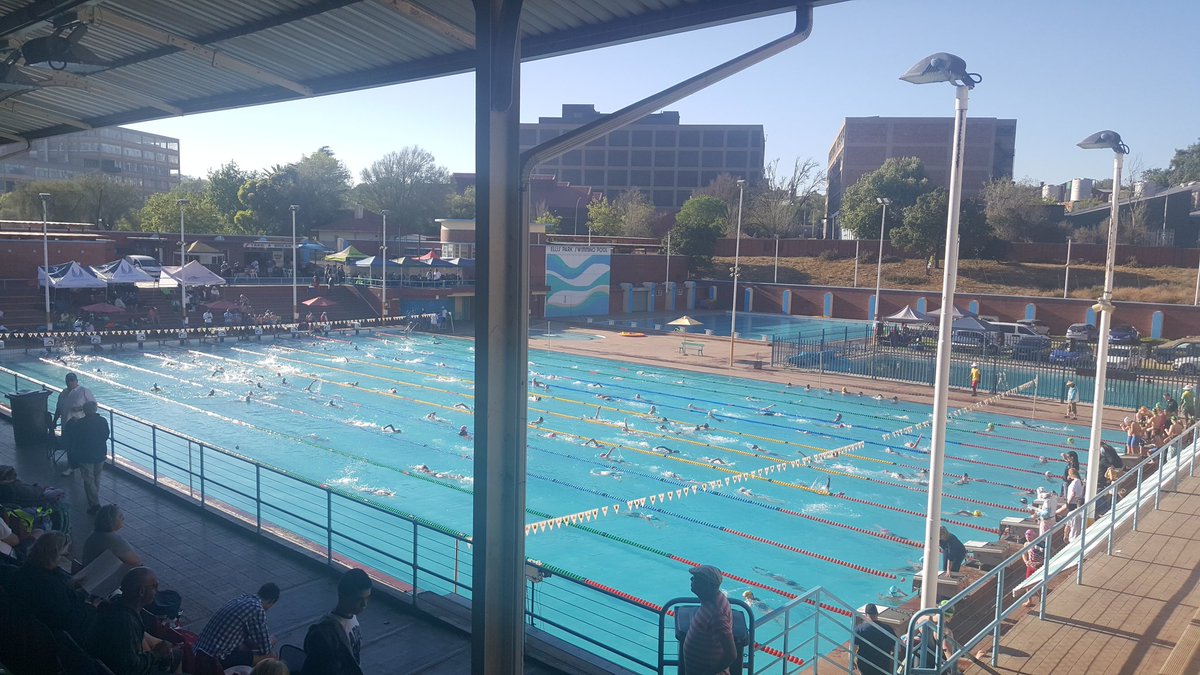
Ellis Park Gala Warmup
-
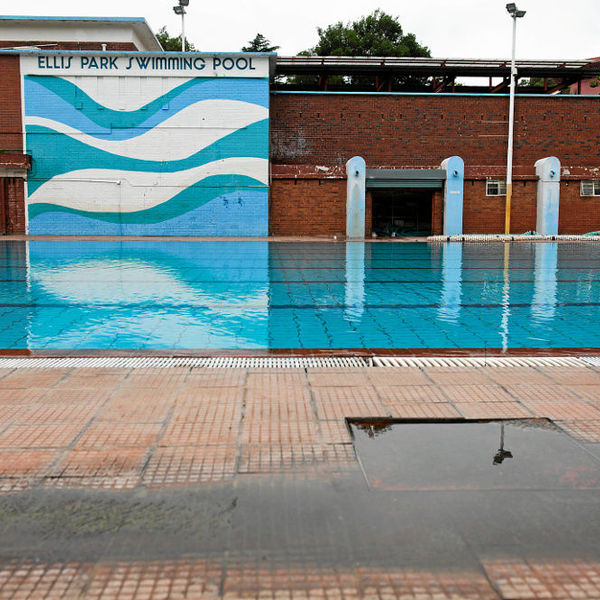
Ellis Park Graphic
-
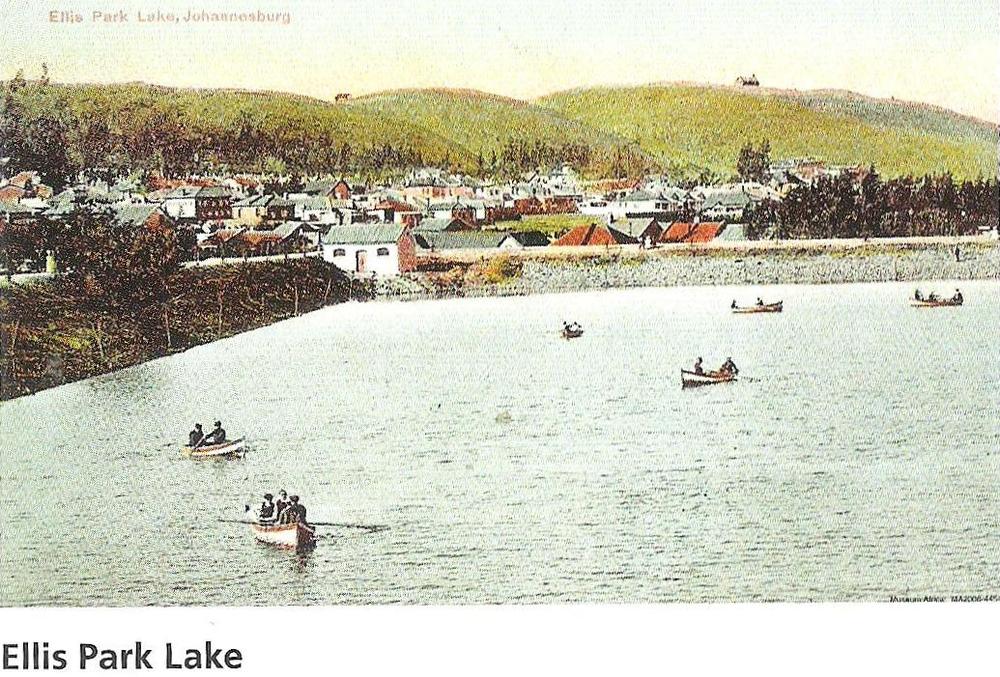
Ellis Park Lake 1912
-
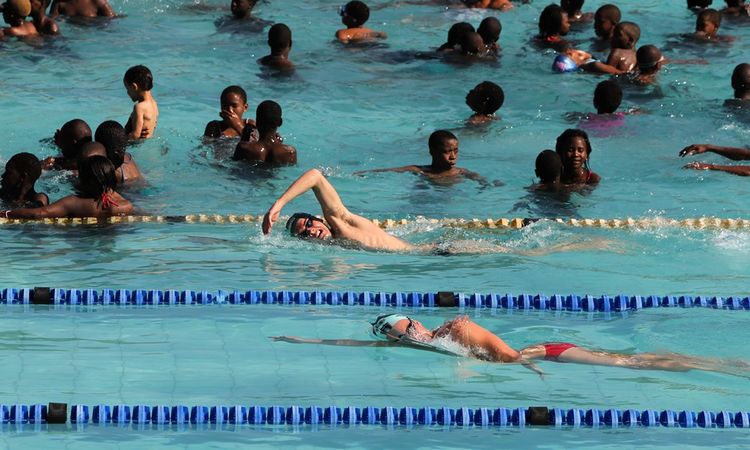
Ellis Park Swimmers
-
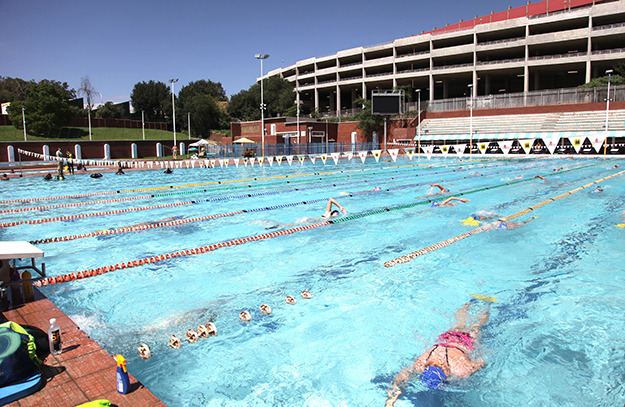
Ellis Park Training
-
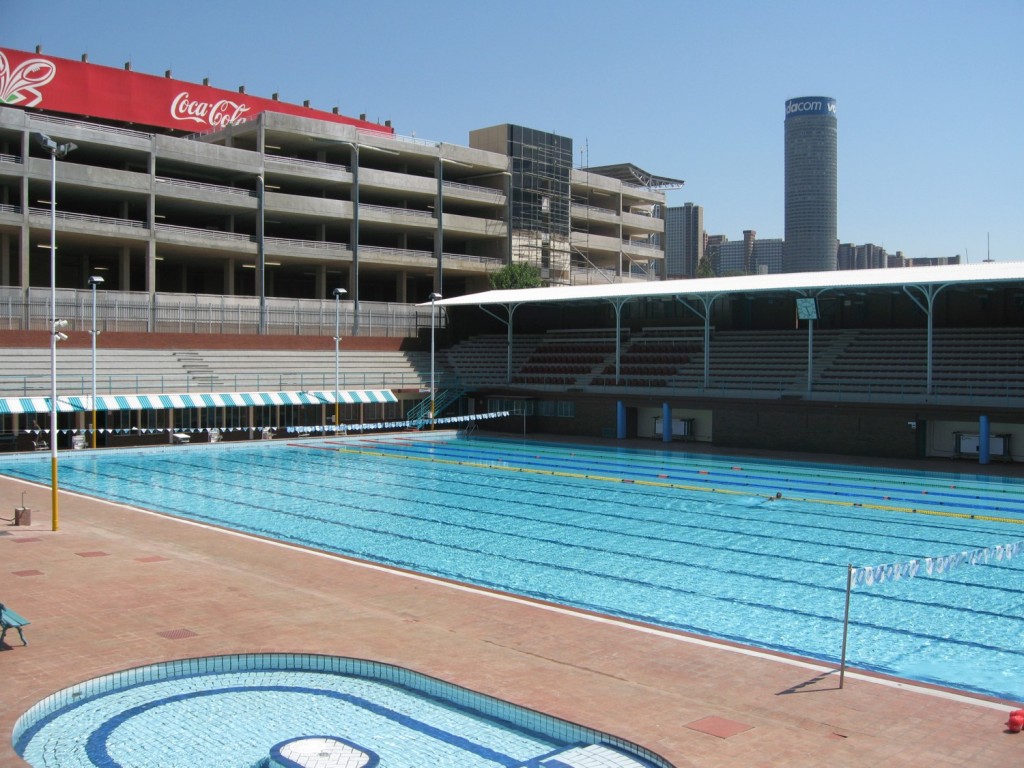
Ellis Park 2
-
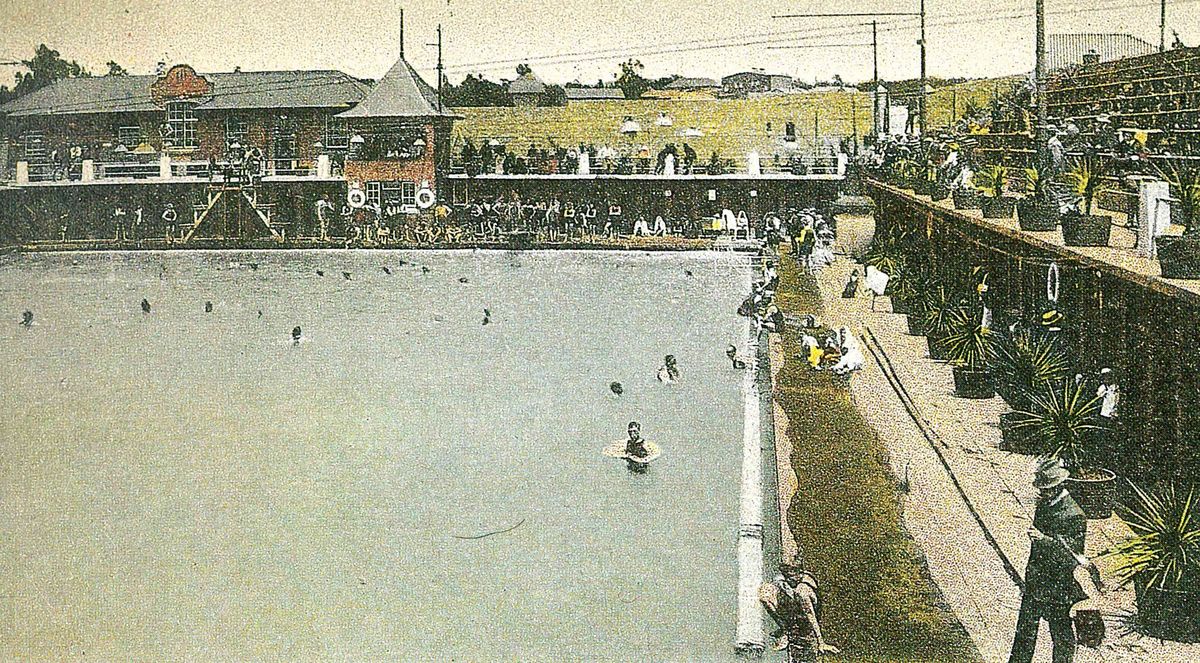
Ellis Park B
-
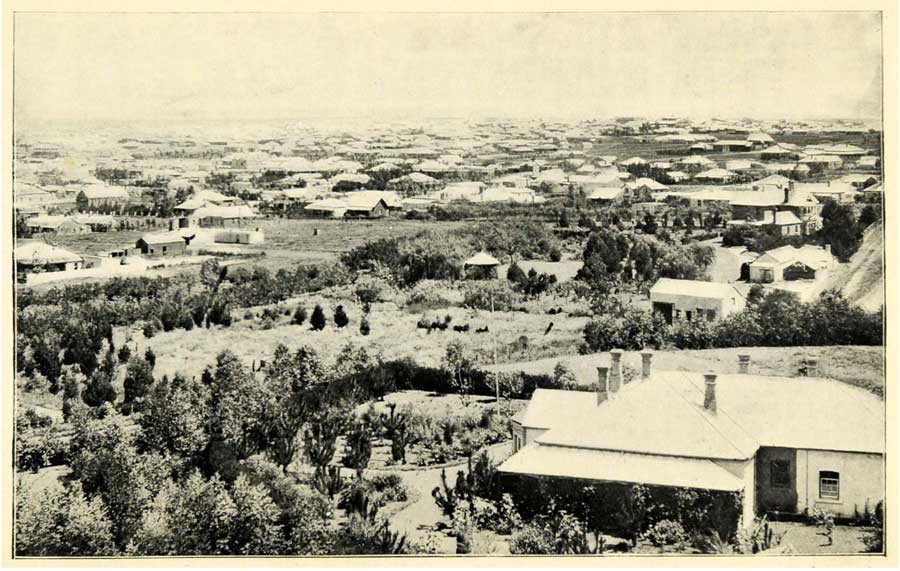
Ellis Park Doornfontein Early Days
-
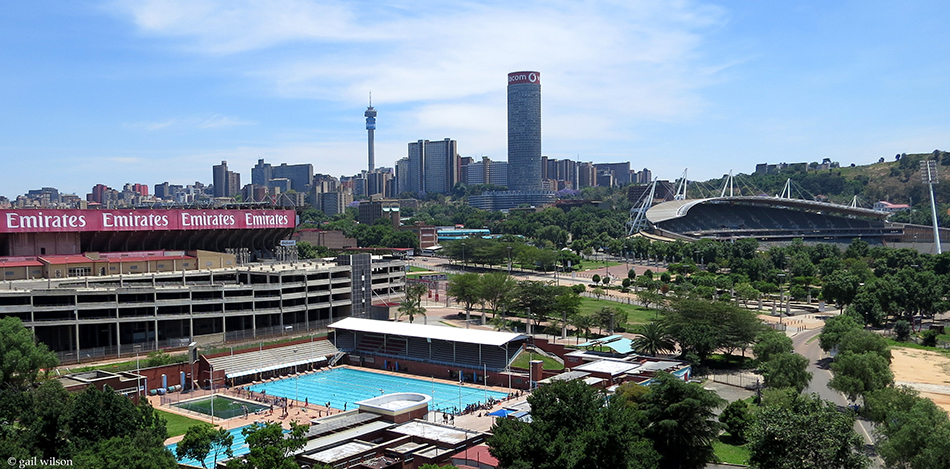
Ellis P Ark Panaroma
-
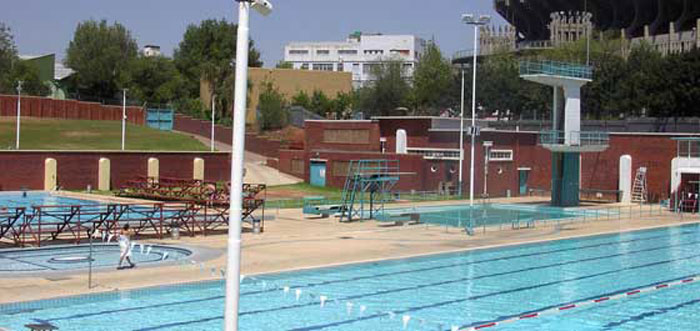
Ellis Park Pools
-
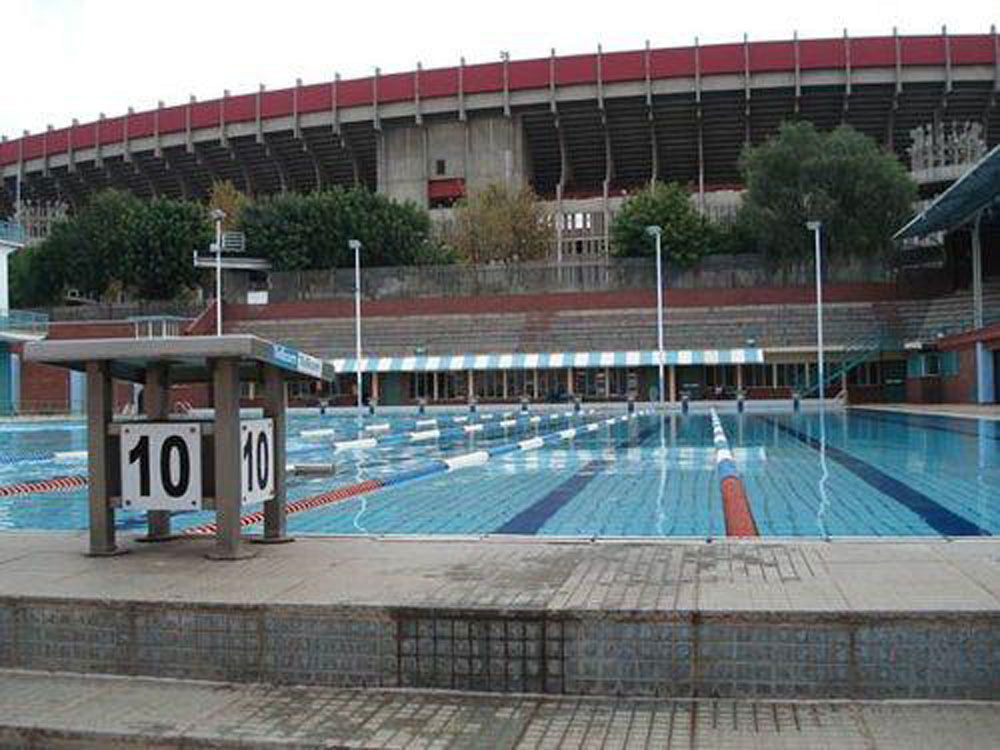
Ellis Park Swimming Pool
-
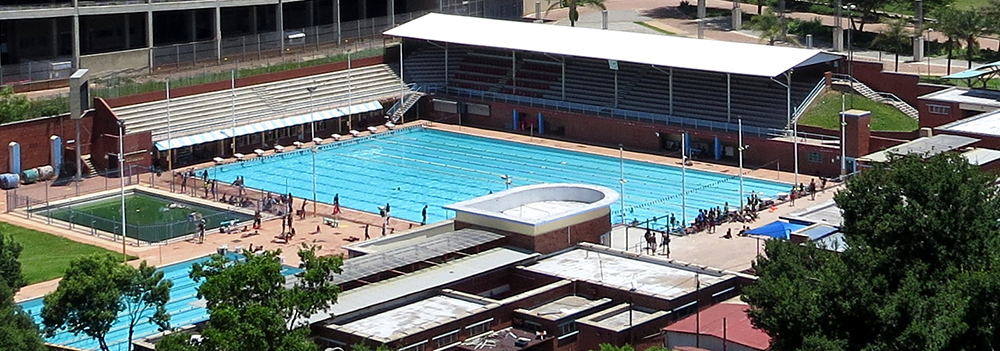
Ellis Park
-
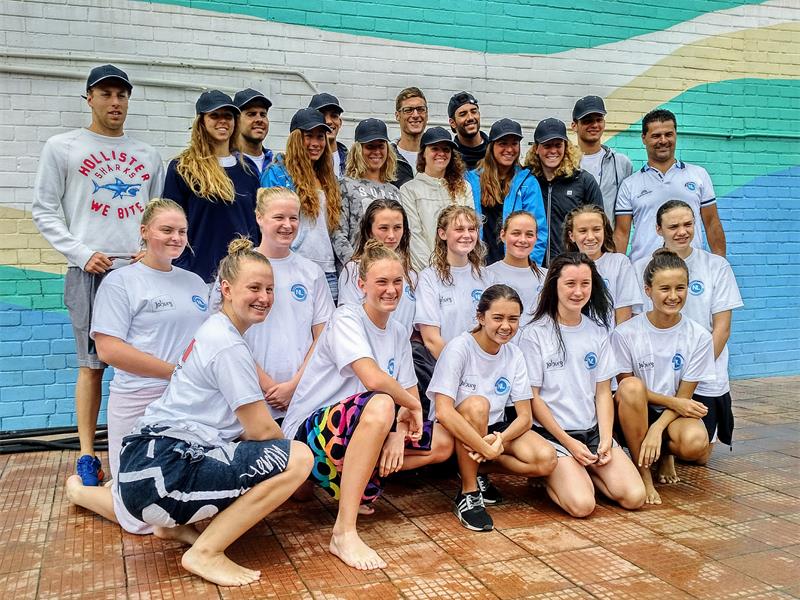
Jeppe GHS Italians 2017
-
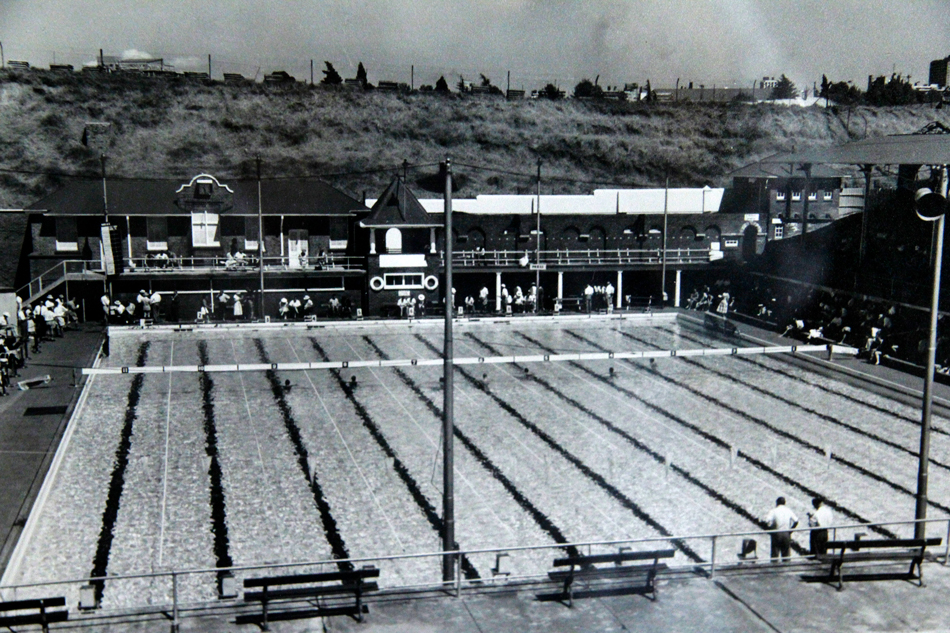
SA Mei 2012 677
-

SA Mei 2012 678
-
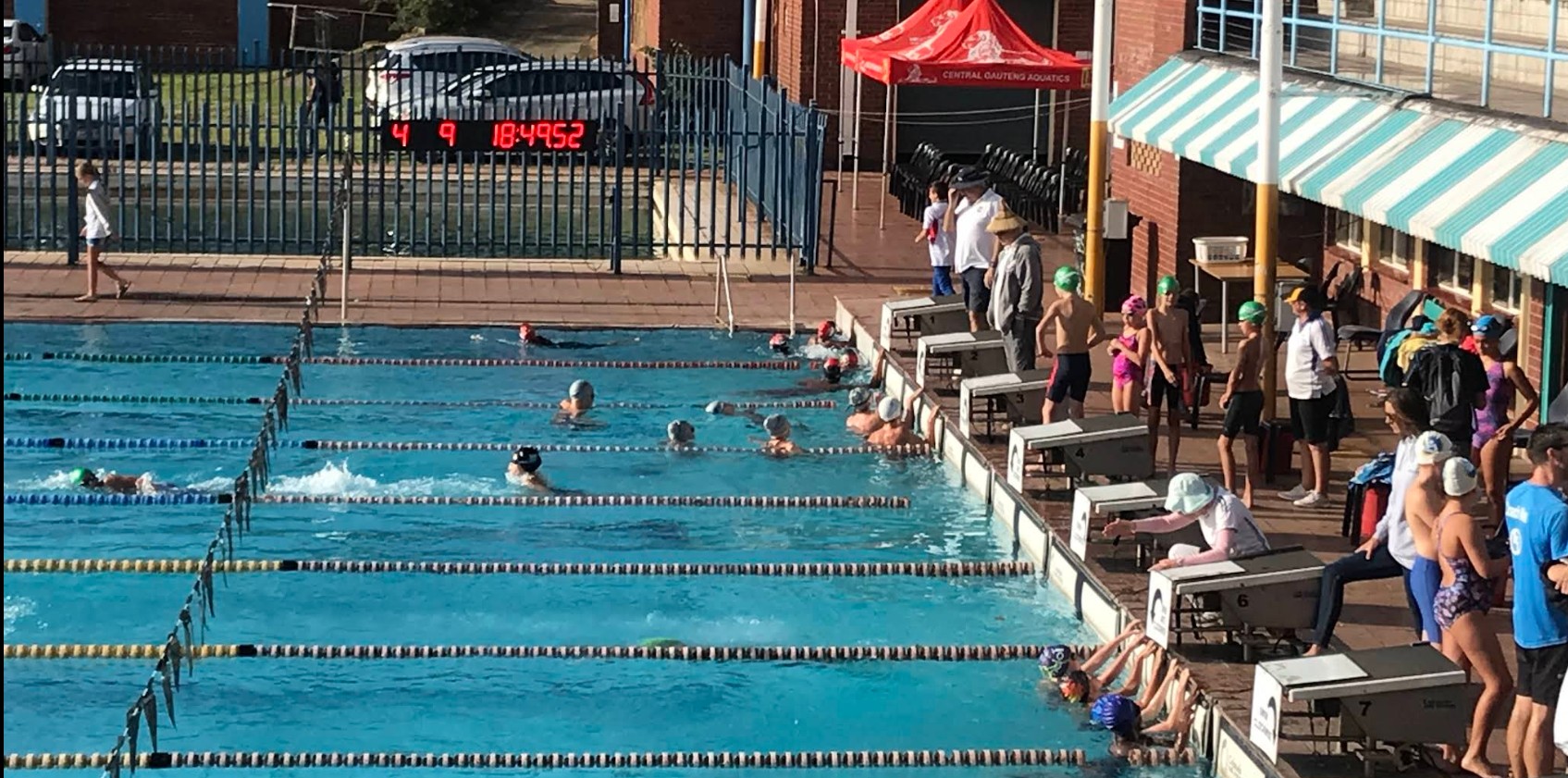
Screenshot 2025 07 21 145301
-
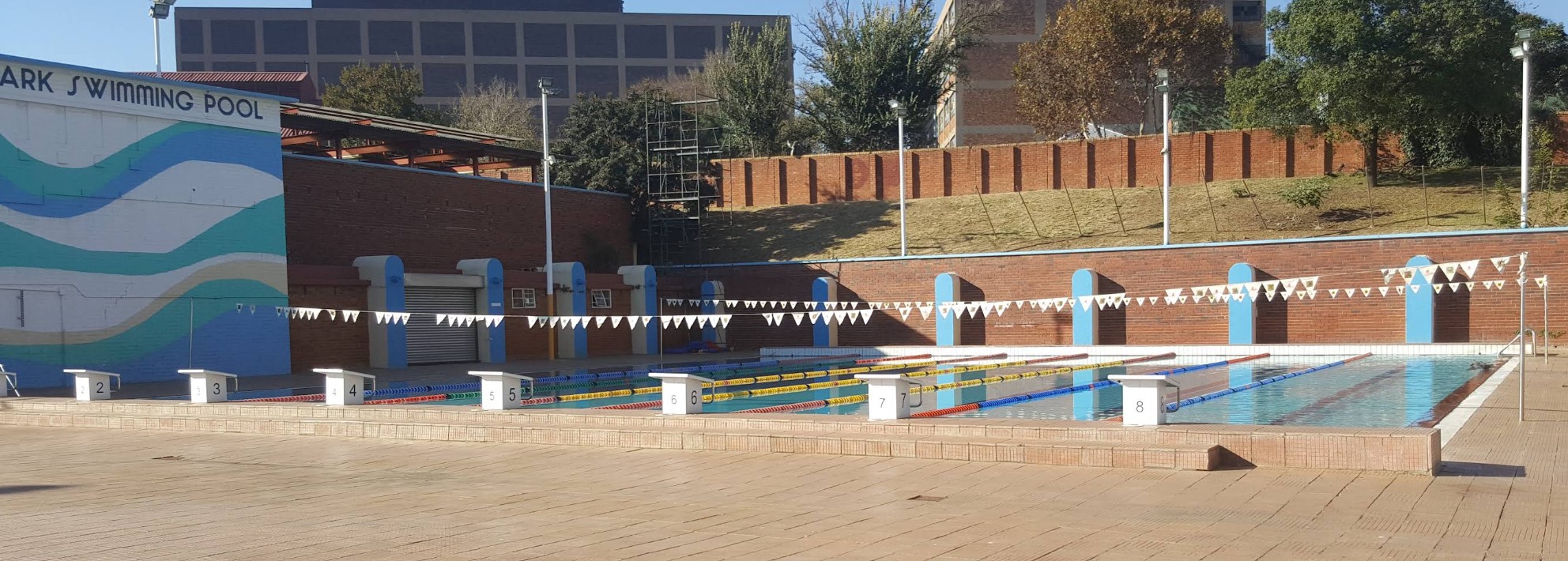
Short Pool
-
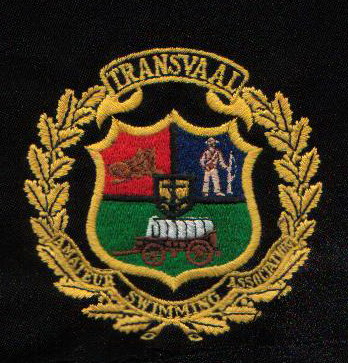
Transvaal 1982
-
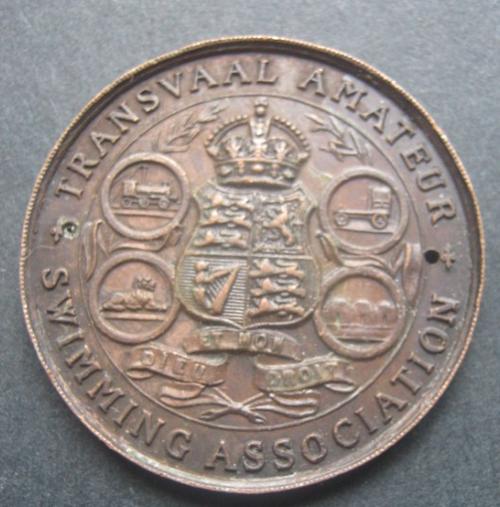
Transvaal Medal 1
-
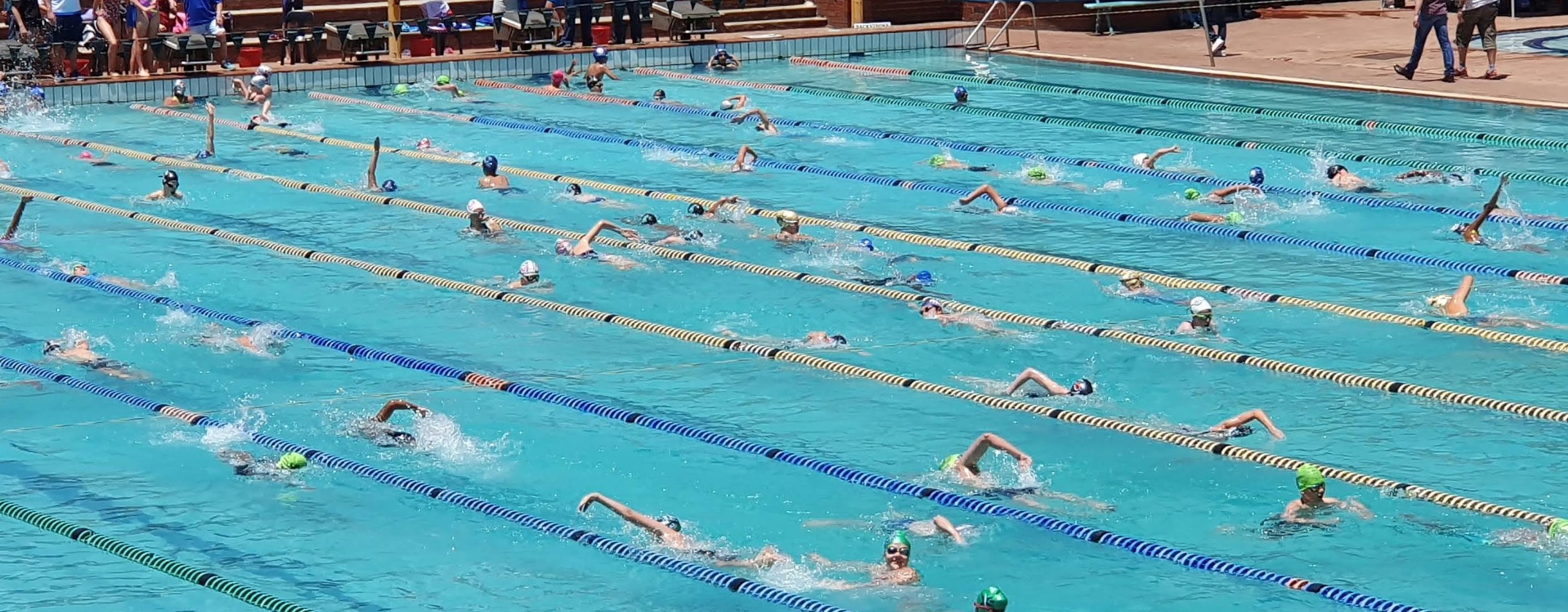
Warmup For A Gala
- Hits: 847